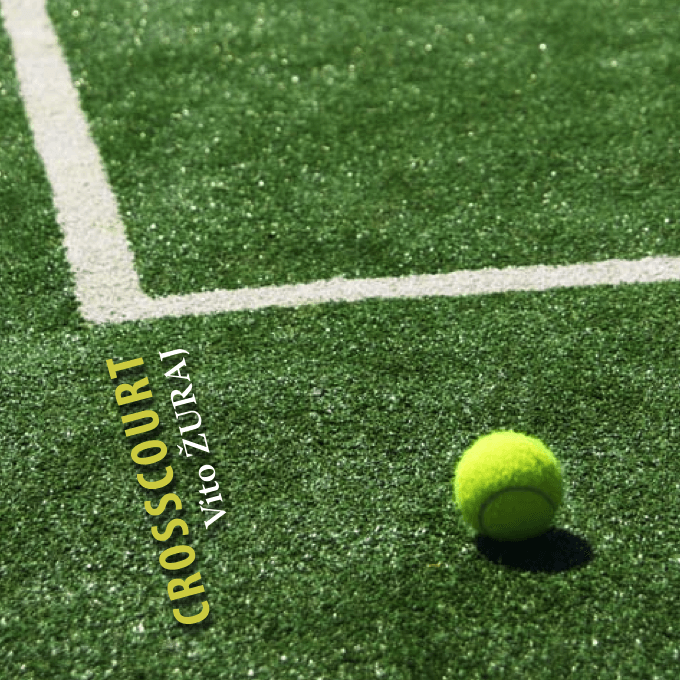CONCERTINO (2005)
CONCERTINO (2005)
for French horn and woodwind quartet
solo: cor
instrumentation: fl*, ob, bcl, bsn
duration: 11 minutes
première: April 8, 2005, Galery of Contemporary Art, Celje, Slovenia
Andrej Žust – French horn, Wind Quintet Ariart
CONCERTINO
score preview
CONCERTINO
(full recording)
June 20, 2007, Hochschule für Musik Karlsruhe, Germany
Dávid Kutas – French horn, Marie Huchting – flute, Antoine Cottinet – oboe, Heike Hollborn – bass clarinet, Wui-Won Hwang – bassoon, Conducted by Eva Fodor
Recording published on CD – Crosscourt by Edicije DSS
Additional performances
Dávid Kutas – French horn, Marie Huchting – flute, Antoine Cottinet – oboe, Heike Hollborn – bass clarinet, Wui-Won Hwang – bassoon
Conducted by Eva Fodor
Members of Badische Staatskapelle Karlsruhe
David Fernandez Alonso – French horn
Conducted by Ulrich Wagner
ABOUT
One of the consistent threads running through Žuraj’s opus is a fascination with the French horn as a virtuoso instrument, and his familiarity with the instrument is on display in the CONCERTINO for horn and four woodwind instruments. Conceived in three movements, the CONCERTINO nonetheless runs as a continuous stream of music from beginning to end. Particularly on show here is Žuraj’s ability to generate musical energy by mixing the techniques of the avantgarde with a reimagining of the principles of classical forms. The CONCERTINO straddles the divide between concerto and traditional wind quintet. Solo horn passages against a background of declamatory, chordal accompaniment from the other four instruments recall the romantic solo concerto, whereas numerous passages also present the entire “quintet” as a nuanced chamber ensemble. The transition from the first to the second movement is a cadenza, as one might expect in classical and romantic concerti, with the difference that it is not the solo horn, but the other four instruments – and finally the flute alone – that presents this “cadenza”. The second, slower movement, has the character of a transitional interlude between the lively (and fiendishly difficult) outer movements, and alternates between lyrical horn soli over fluttering, impressionistic tremoli, and densely polyphonic passages shared by the entire group. The final movement is the most energetic of the three, and concludes with an emphatic “orchestral” tutti.
Alwyn Tomas Westbrooke
Crosscourt (2008)
Published by Edicije DSS
Slovenian Philharmonic, RIAS Kammerchor, various artists
recorded pieces:
ODTRG, PERPETUUM, AIRPHONES, CONCERTINO, CROSSCOURT, SPRICH AUCH DU, CONCERTO, IN MEDIAS RES

